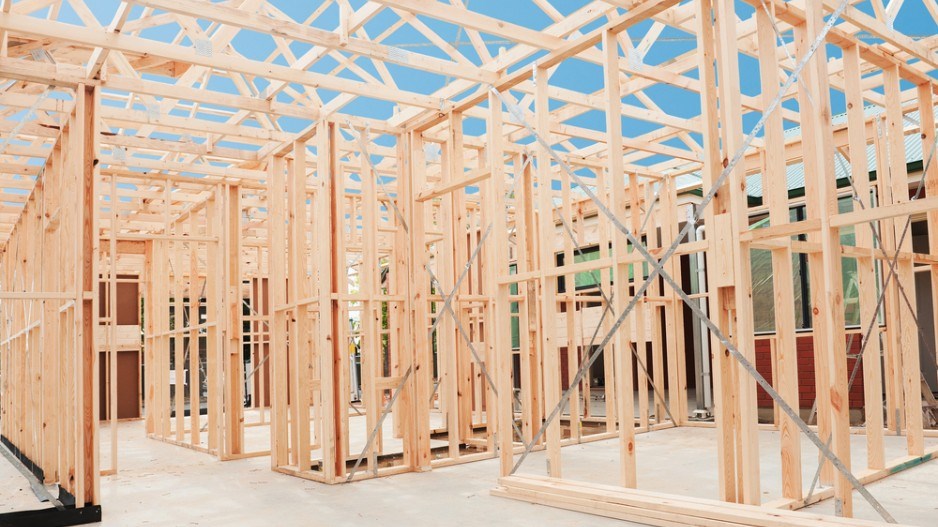Six and a half years after the athletes’ village for the Vancouver 2010 Olympic and Paralympic Games broke ground, construction cranes continue to puncture Vancouver’s skyline around False Creek.
The numerous residential blocks and towers rising around the Olympic site have contributed to the province’s surprisingly robust housing boom, which continues despite a market correction in the Lower Mainland’s residential real estate market. Vancouver’s market potential has even attracted the likes of Donald Trump.
The reshaping of the urban landscape persists all over the Lower Mainland, with densification happening in Burnaby’s Metrotown core and Surrey’s evolving city centre.
Combined, all of these transformative developments have bolstered the province’s construction sector. New home starts in B.C. surged to a 12-month high in June, according to data from the Canada Mortgage and Housing Corp. A Central 1 Credit Union report noted the gains came as more apartment and townhome units broke ground last month.
Multi-family starts jumped to the highest level since mid-2012, boosting the annualized housing starts rate by 40% to 29,300 units from 21,000 in May. This boost will likely contribute to B.C.’s third-quarter economic growth as construction of these new units progresses.
But Central 1 cautioned that construction is projected to slow for the rest of the year.
While June’s increase was welcomed, it reflected the groundbreaking of a few large multi-family residential projects. Despite the gains last month, housing starts are still down 12% from 2012’s first half. General housing demand, while above its lows, is still sluggish as the housing inventory remains high. Provincial housing starts are projected to end the year at 25,500 units, 7% down from 2012 and the lowest level since 2009.
The forecast is just as cautious in the non-residential sector. Building intentions fell 15% in May with $827 million in building permits issued in B.C.
Total permit volume in May was down 11% from the same period in 2012. Central 1 is forecasting non-residential permit volumes to drop 20% below 2012 levels. •




